Indigenous peoples around the world practice rituals deeply rooted in their cultural heritage. These ceremonies are rich in meaning, connecting communities to their ancestors, the natural world, and the spiritual realm. Each ritual tells a unique story and serves a purpose, whether it’s seeking guidance, celebrating life, or honoring traditions. This article explores some of the most fascinating rituals from different indigenous groups.
Sun Dance (Plains Tribes, North America)
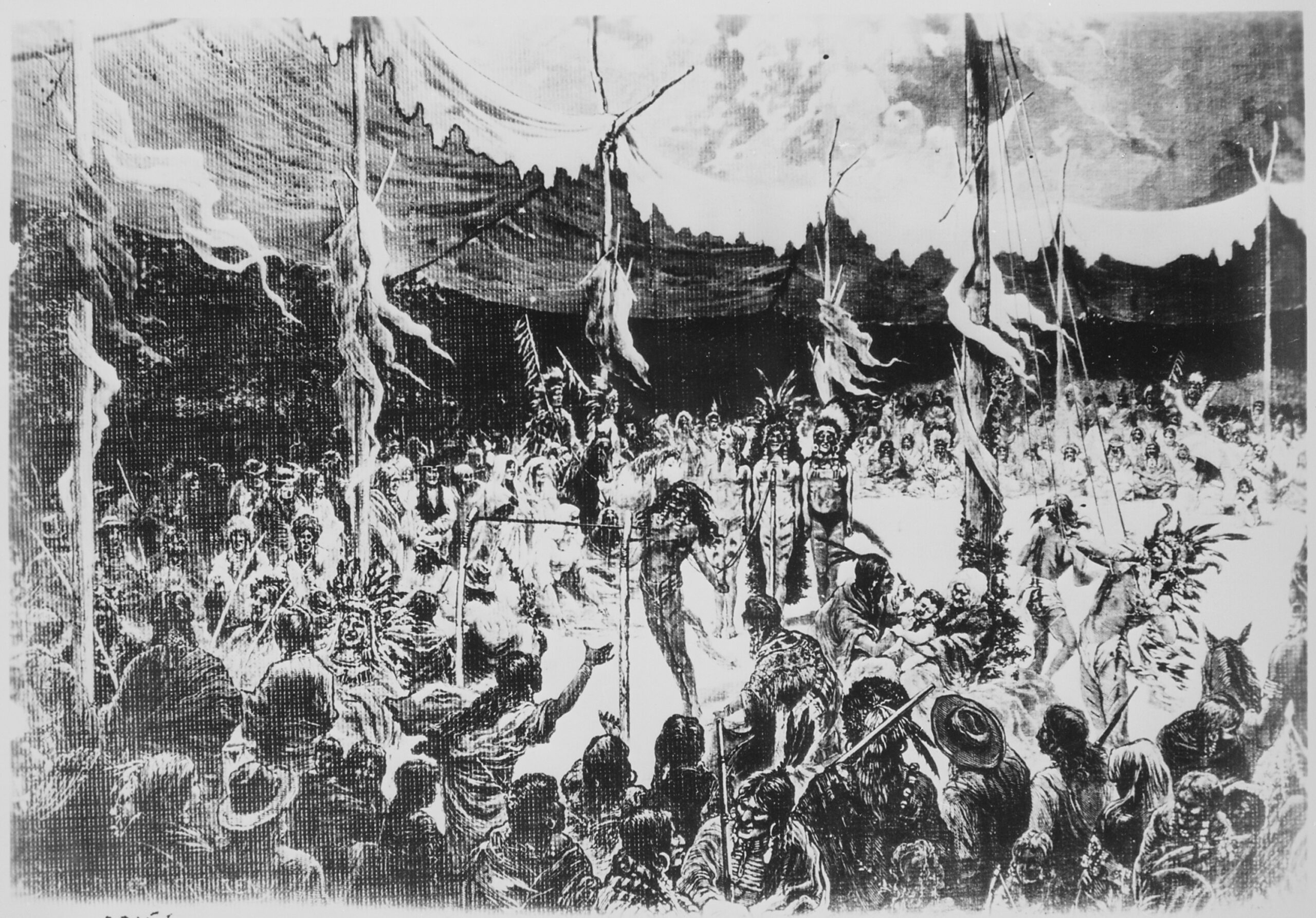
The Sun Dance is a powerful ritual among the Plains tribes, including the Sioux and Cheyenne. This ceremony usually takes place in the summer and lasts several days. Participants offer prayers and make sacrifices to renew the bonds between the community, the earth, and the spirits. Dancers pierce their skin and attach themselves to a central pole, symbolizing a connection to the Creator. The ritual is intense and physically demanding, reflecting the deep spiritual commitment of those involved. The Sun Dance is a central aspect of Plains tribes’ cultural and spiritual life.
Ayahuasca Ceremony (Amazonian Tribes, South America)

The Ayahuasca ceremony is a sacred healing ritual practiced by various Amazonian tribes. It involves the consumption of a powerful plant-based brew, known as Ayahuasca, made from the Banisteriopsis caapi vine and other ingredients. The ceremony is guided by a shaman who leads participants through a spiritual journey. This journey often includes visions and deep introspection, believed to provide insight, healing, and connection to the spiritual world. Participants seek to cleanse their body and mind, and often gain a deeper understanding of themselves and the universe. The ritual is both revered and respected for its transformative effects.
Kava Drinking Ceremony (Pacific Islanders, Fiji)

The Kava drinking ceremony is a traditional ritual among Pacific Islanders, particularly in Fiji. Kava, a drink made from the root of the Piper methysticum plant, plays a central role in social, political, and religious gatherings. The ceremony is highly structured, with participants sitting in a circle while the Kava is prepared and served in a communal bowl. The drink is consumed in a specific order, often accompanied by chants or prayers. Kava promotes relaxation, bonding, and social cohesion among participants. This ritual reflects the importance of community and respect in Pacific Islander culture.
Rain Dance (Native American Tribes, Southwestern USA)
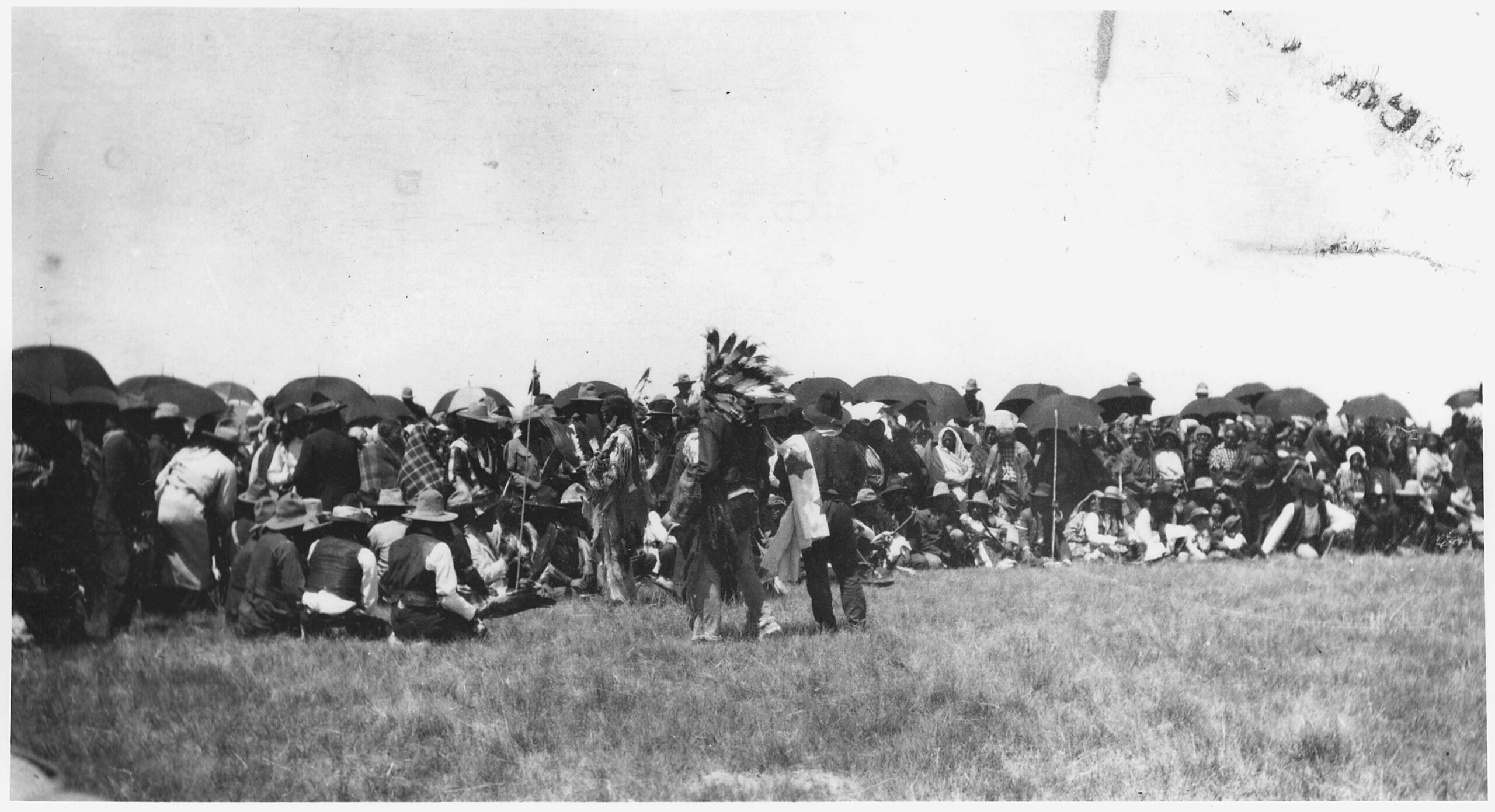
The Rain Dance is a ceremonial ritual performed by various Native American tribes, particularly in the arid regions of the Southwestern USA. This dance is intended to invoke rain and ensure a bountiful harvest. Dancers wear elaborate costumes with feathers and paint, and their movements mimic the natural elements. The rhythm of the dance and the accompanying music are believed to communicate with the spirits of nature. This ritual is a testament to the tribes’ deep connection to the land and their reliance on nature’s cycles. The Rain Dance remains a symbol of hope and reverence for the environment.
Tattooing Rituals (Maori, New Zealand)
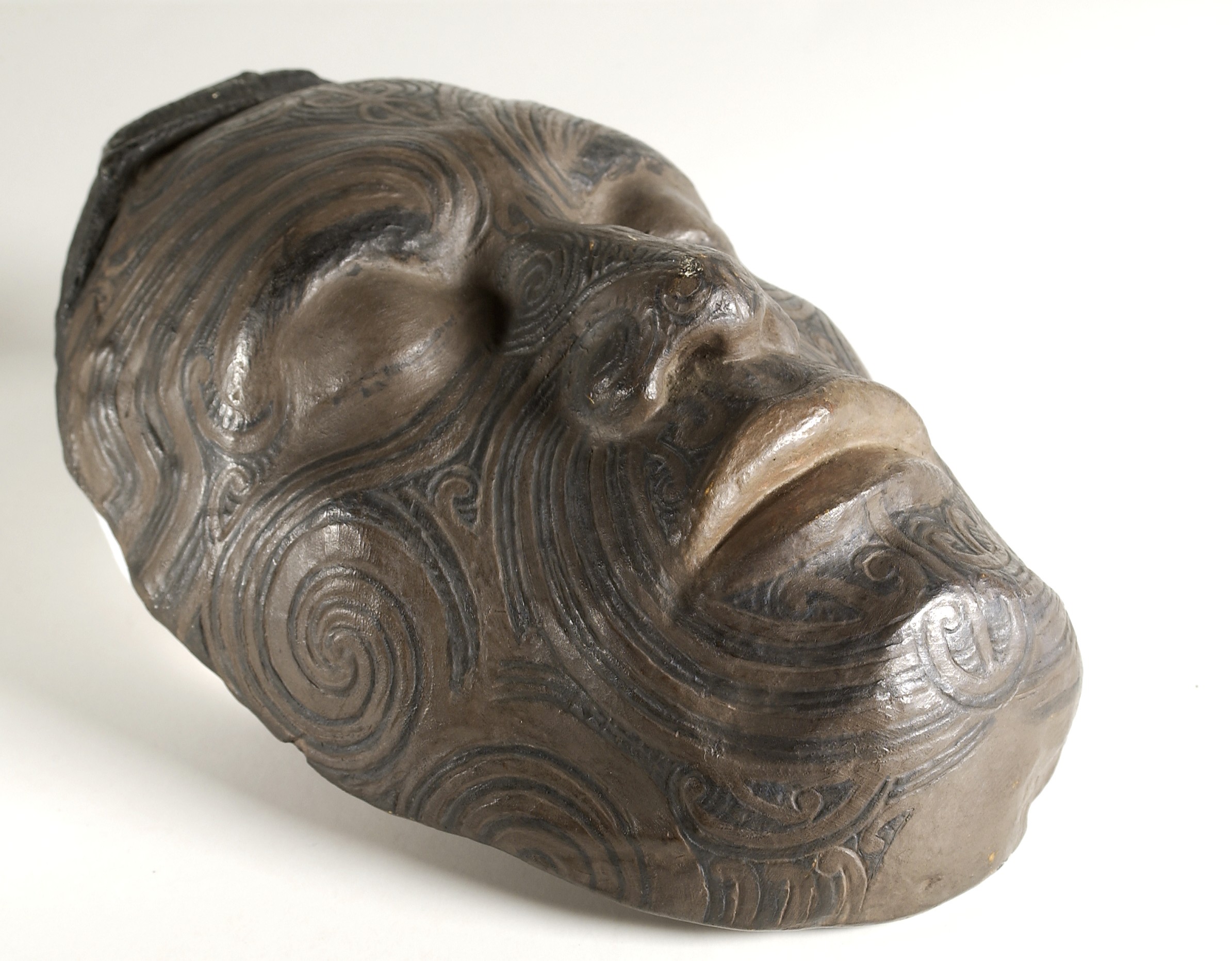
Maori tattooing, known as Tā moko, is a traditional ritual that holds deep cultural significance. These tattoos are not just body art; they are a rite of passage, symbolizing identity, genealogy, and social status. The process involves carving the skin with chisels, creating intricate patterns unique to each individual. The designs tell a story, often reflecting the wearer’s lineage, achievements, and spiritual beliefs. Tā moko is performed in a sacred environment, with strict protocols observed. This ritual is a living tradition that connects the Maori people to their ancestors and preserves their cultural heritage.
Walkabout (Aboriginal Australians)
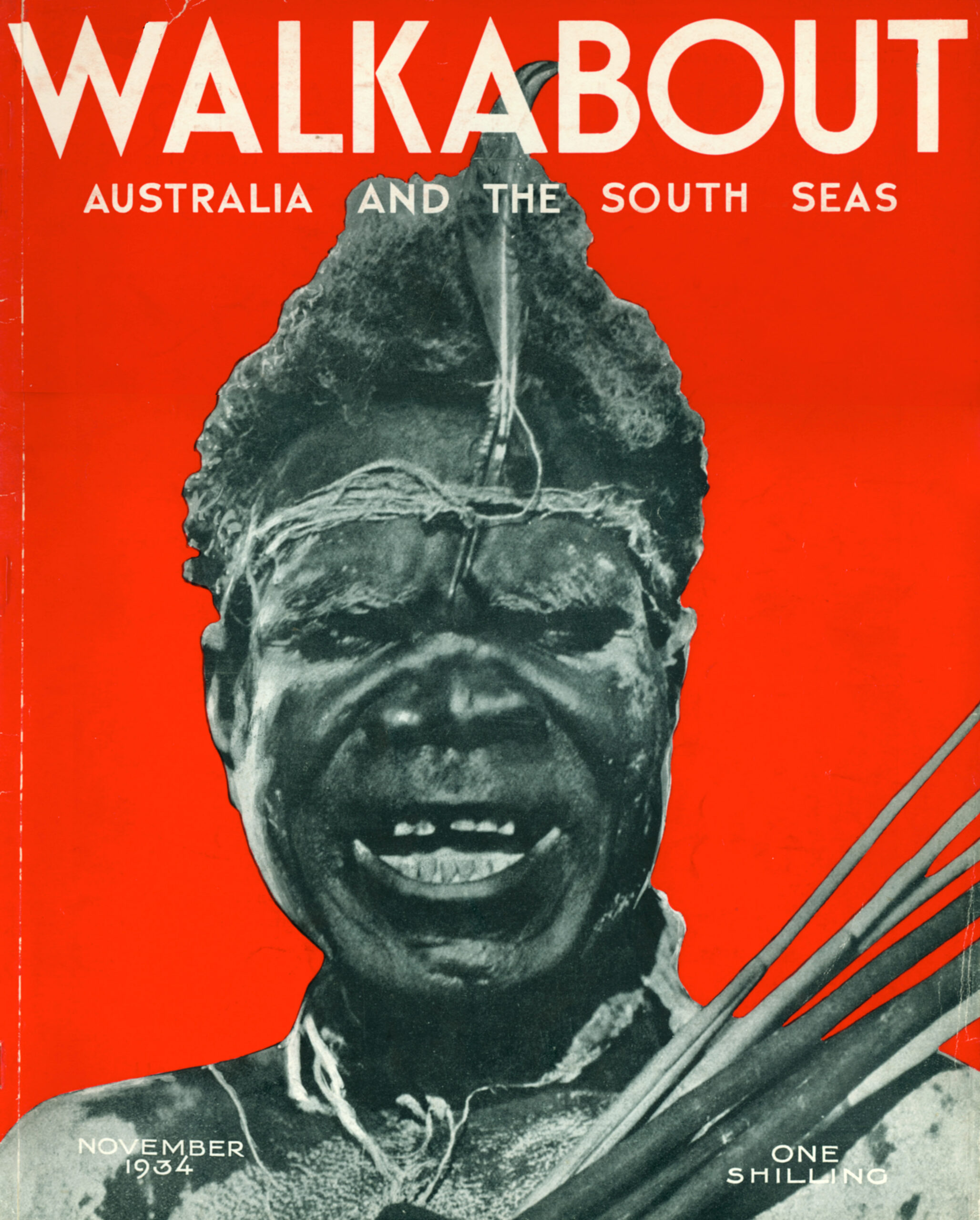
The Walkabout is a spiritual journey undertaken by Aboriginal Australians, typically by young men as a rite of passage. This journey can last for months and involves traveling through the wilderness alone. The purpose is to connect with the land, learn traditional survival skills, and gain spiritual insight. During the Walkabout, individuals follow ancient paths, known as songlines, which are believed to be created by ancestral beings. These paths are both physical and spiritual, guiding the traveler through sacred landscapes. The Walkabout is a profound expression of the Aboriginal connection to the land and their spiritual beliefs.
Potlatch (Pacific Northwest Tribes, North America)

The Potlatch is a ceremonial feast practiced by various indigenous tribes of the Pacific Northwest, such as the Tlingit and Haida. It serves multiple purposes, including the redistribution of wealth, social status affirmation, and the celebration of important events. During the Potlatch, the host distributes gifts to guests, often in large quantities. The more gifts given, the higher the host’s status within the community. The ceremony includes dancing, singing, and storytelling, all of which honor the tribe’s ancestors and traditions. Potlatch ceremonies were once banned by colonial authorities but have since been revived as a symbol of cultural pride.
Sami Reindeer Calving Rituals (Sami, Northern Europe)
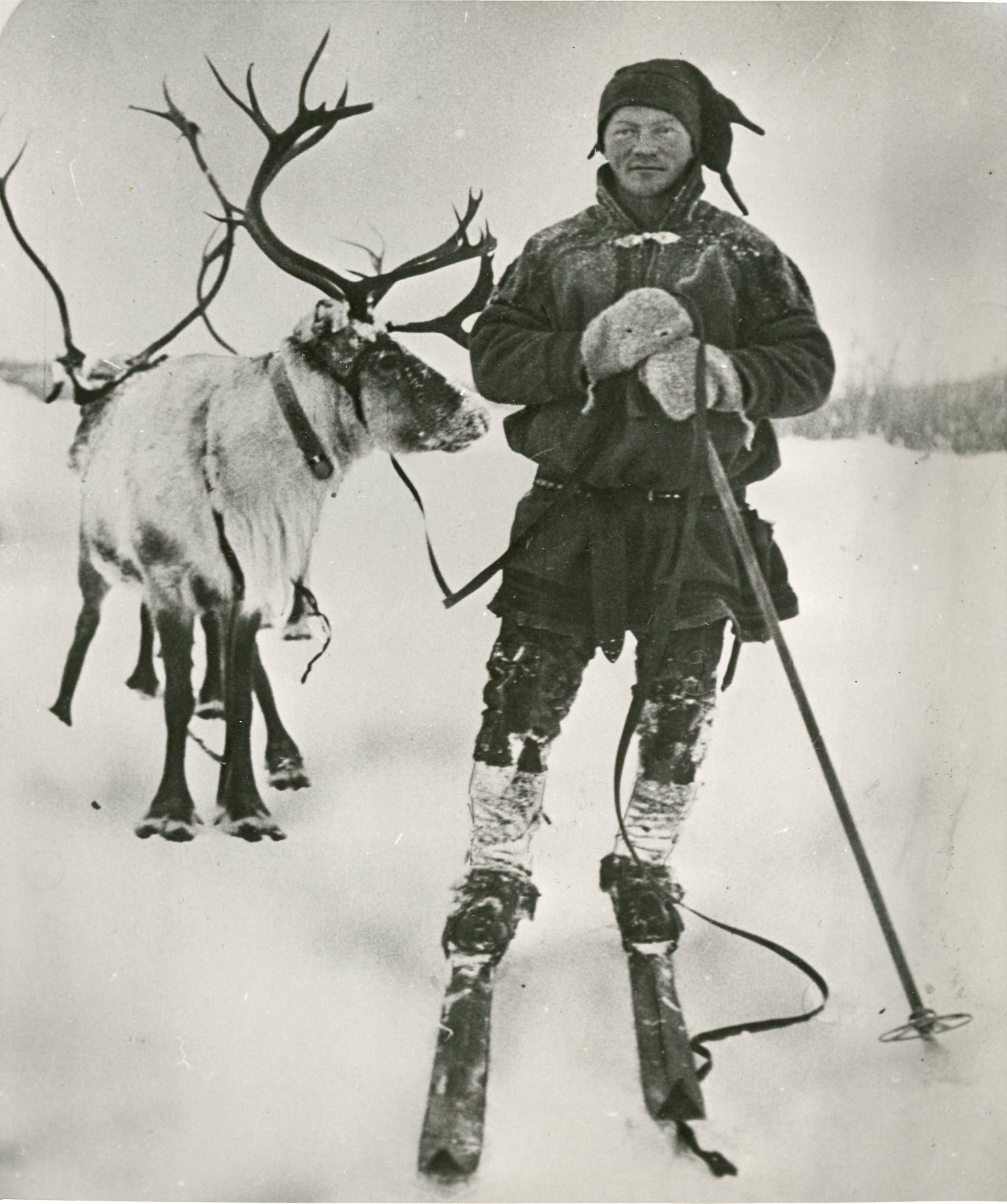
The Sami people of Northern Europe have a deep connection to reindeer, which are central to their culture and livelihood. During the calving season, the Sami perform various rituals to ensure the health and protection of the newborn reindeer. These rituals often involve prayers, songs, and offerings to the spirits that guard the animals. The Sami believe that maintaining a respectful relationship with nature and the spirits is essential for the survival of their herds. These rituals are a vital part of the Sami’s way of life, reflecting their close bond with the natural world and their deep cultural traditions.
Scarification Rituals (Various African Tribes)
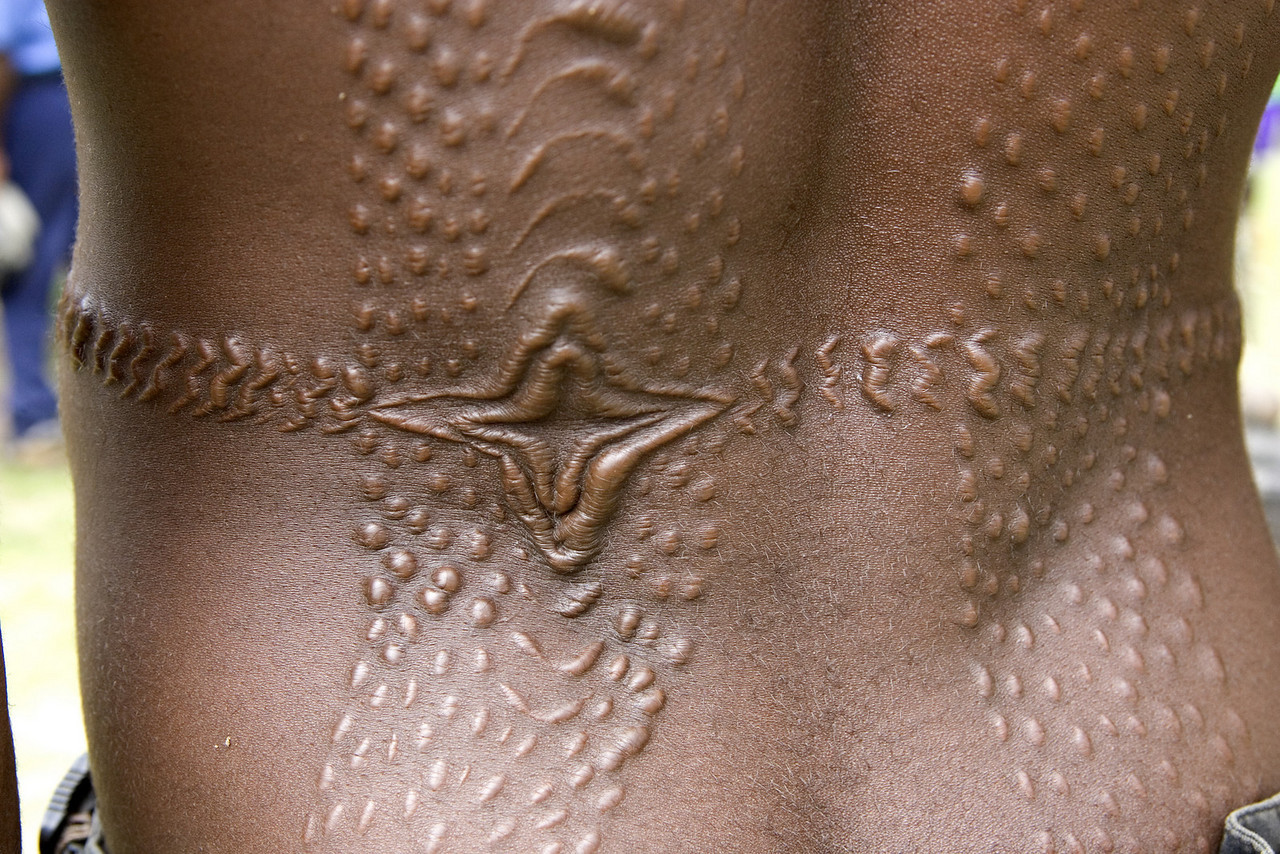
Scarification is a profound ritual among various African tribes, symbolizing beauty, status, and identity. This practice involves making precise cuts on the skin, which heal into raised scars. Each pattern carries significant meaning, often representing a person’s tribe, age, or social status. The ritual is performed in a sacred setting, often with chants and prayers. Pain is seen as a rite of passage, marking the transition from one life stage to another. Scarification connects individuals to their cultural heritage, reflecting both inner strength and external beauty.
Haka (Maori, New Zealand)
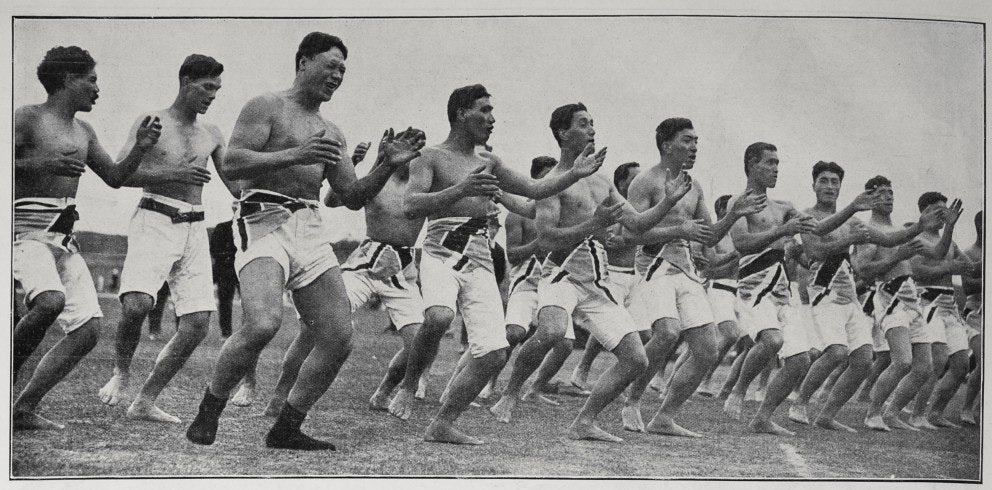
The Haka is a powerful ceremonial dance performed by the Maori of New Zealand. It is characterized by vigorous movements, rhythmic chanting, and fierce facial expressions. Originally, the Haka was used to prepare warriors for battle, instilling courage and unity. Today, it is performed at various events, including weddings, funerals, and cultural gatherings. The dance communicates strength, pride, and respect, often addressing the ancestors and invoking their protection. The Haka remains a vibrant expression of Maori identity and cultural pride.
Mask Dancing (Dogon Tribe, Mali)
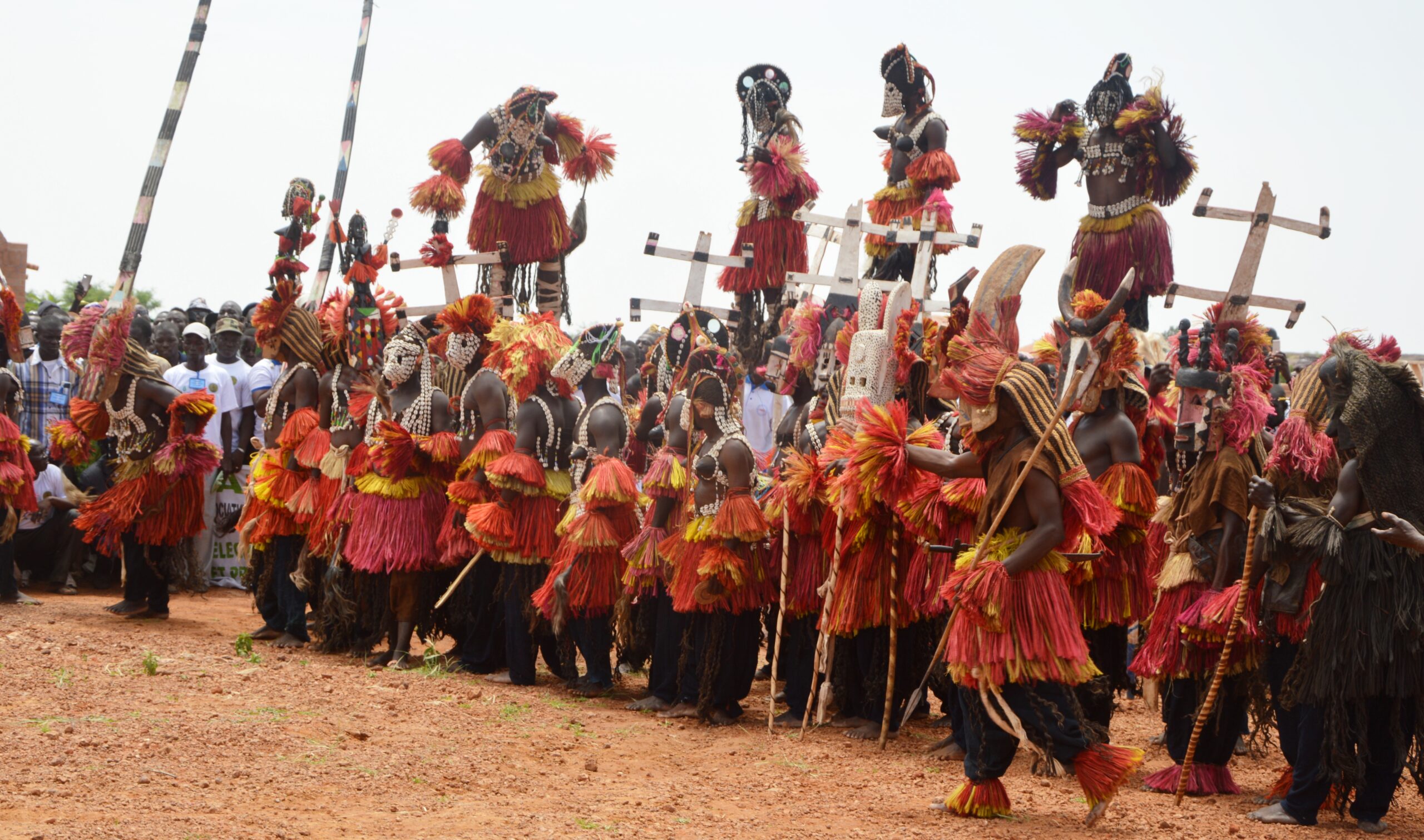
Mask dancing is a vital ritual among the Dogon tribe of Mali, serving both religious and social functions. The masks, each with a distinct design, represent various spiritual beings and ancestors. During the dance, performers embody these spirits, using precise movements to tell stories, offer blessings, or ward off evil. The ritual is often held during funerals, agricultural ceremonies, or other significant events. The dance is accompanied by music and chanting, creating an atmosphere charged with spiritual energy. Mask dancing connects the Dogon people to their ancestors, ensuring the continuity of their cultural and spiritual traditions.
This article originally appeared on Rarest.org.
More from Rarest.org
1941 Mercury Dime Value Guide

For more than 200 years, the US Mint has created American coins, some of which are extremely prized. Read More.
1940 Wheat Penny Value Guide
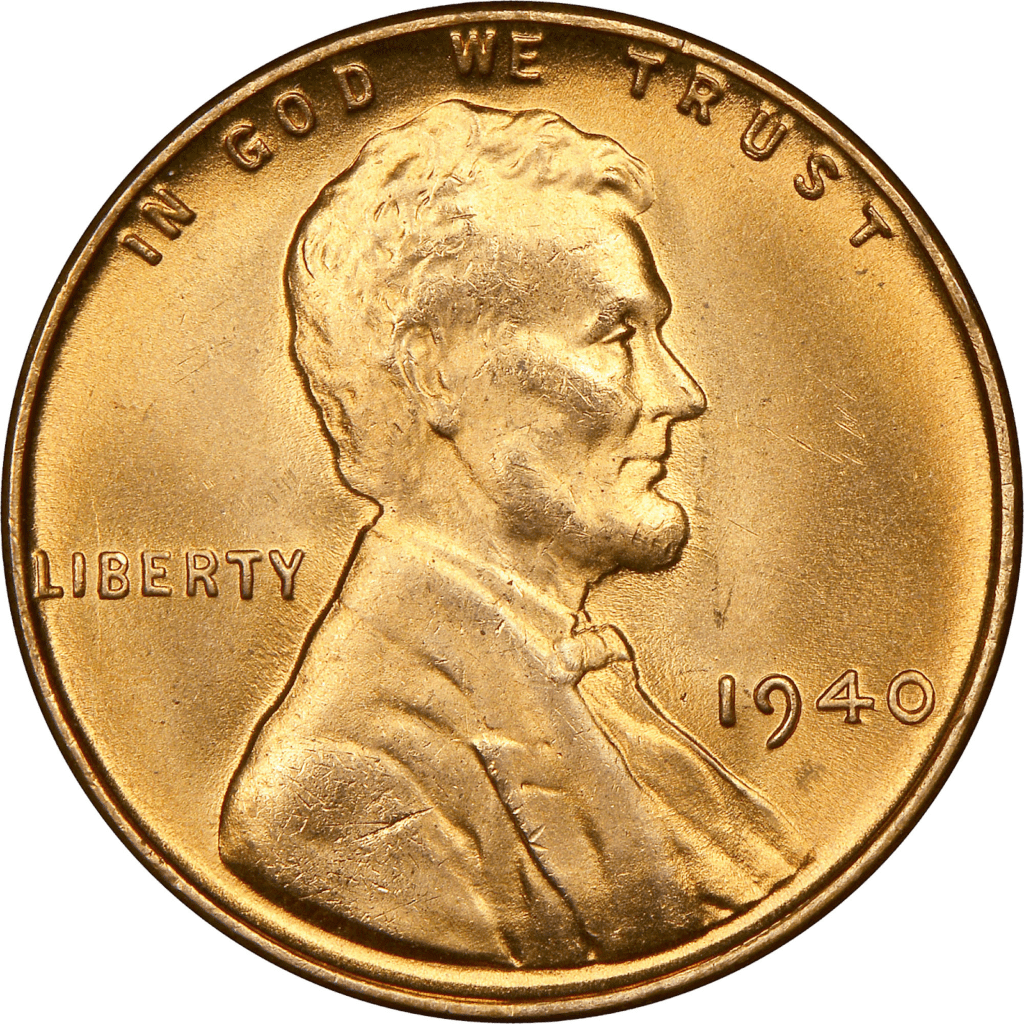
Although it is technically a Lincoln cent, because of the wheat stalks found on the coin’s reverse, most collectors refer to it as the Wheat Penny. Read More.
14 Most Expensive Box Office Flops Ever
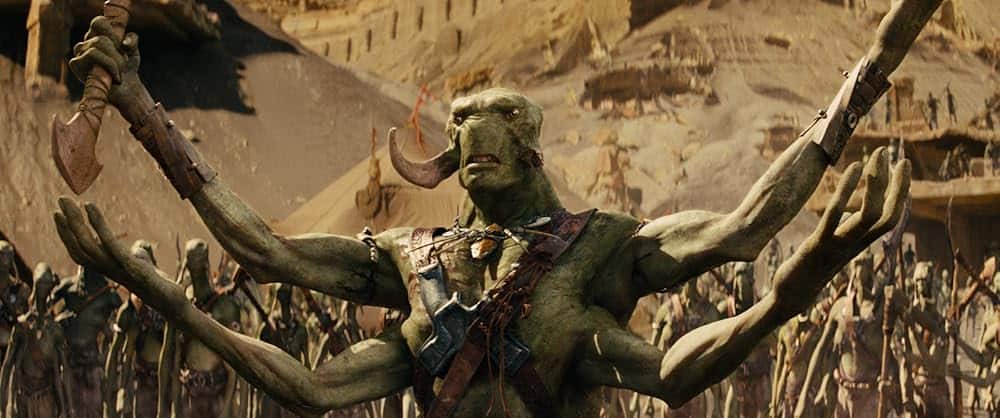
Hollywood is known for its glitz and glamour, but not every big-budget film becomes a blockbuster hit. Read More.
